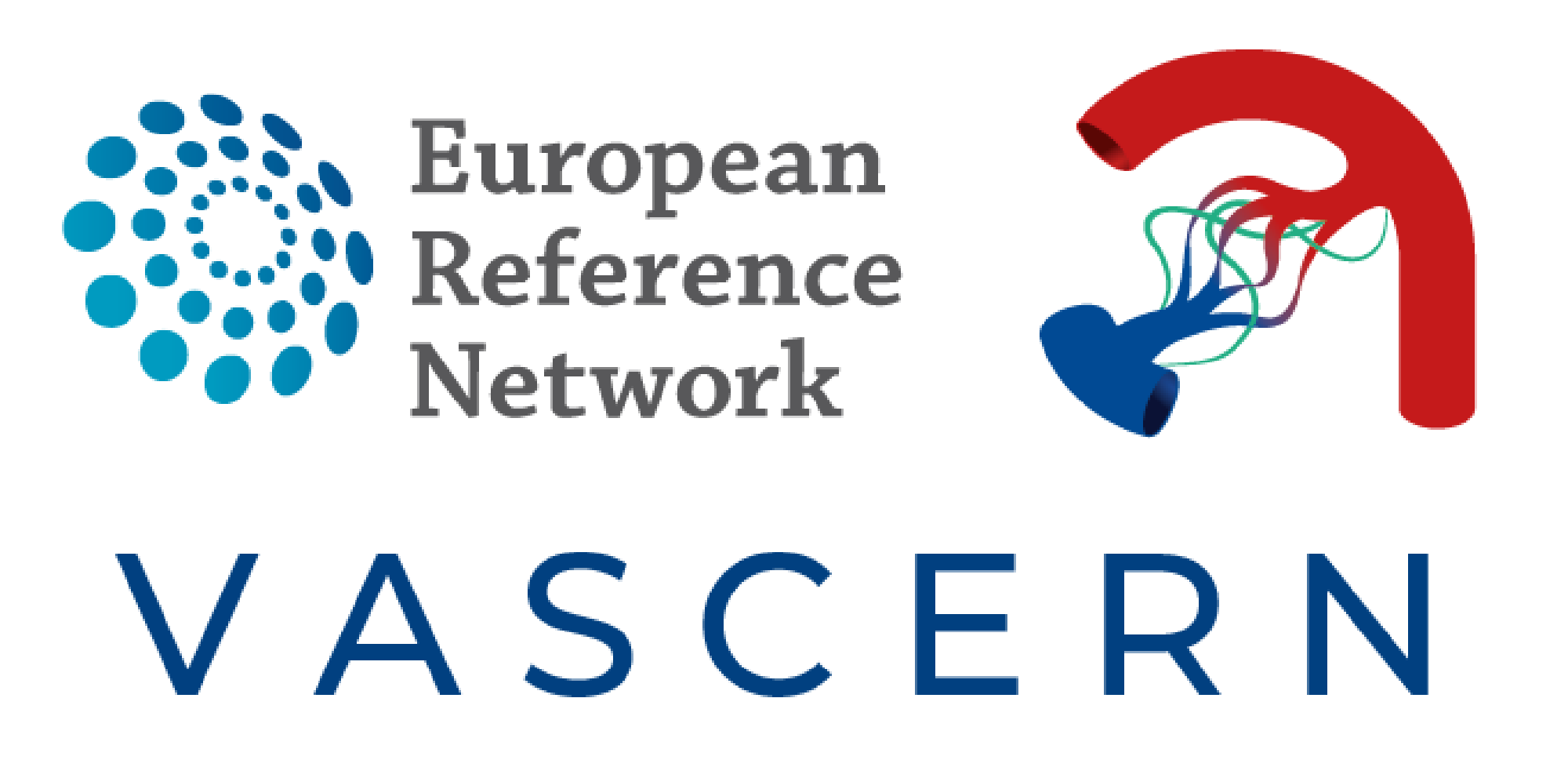
Rare vascular diseases such as Ehlers-Danlos Syndrome (EDS) present many challenges to patients, healthcare providers and researchers. This paper titled Phenotype of COL3A1/COL5A2 deletion patients, offers new hope and understanding for those affected by this condition. This paper has been published in the VASCERN Special Issue of the European Journal of Medical Genetics. It is co-authored by members of our Heritable Thoracic Aortic Diseases Working Group and the Medium Sized Arteries Working Group (MSA WG).
Ehlers-Danlos syndrome is a group of disorders affecting connective tissue. It manifests itself in a variety of forms, the most common of which are classic (cEDS) and vascular (vEDS). These conditions are typically characterised by fragile skin, loose joints and, in the case of vEDS, severe vascular complications. This study presents cases of three patients with contiguous deletions in the COL3A1 and COL5A2 genes, showing a milder phenotype of connective tissue disease than previously observed.
This study described three different cases, each with a unique set of symptoms and genetic deletions, but all with relatively mild features of EDS. These findings suggest that the spectrum of EDS manifestations is wider than previously thought, with some patients exhibiting subtle signs that may elude early diagnosis. Notably, two of the patients were pregnant without major complications, which may lead to a reassessment of pregnancy and delivery approaches for women suspected of having EDS.
The implications of these findings are twofold. For patients and their families, understanding that EDS can occur in less severe forms may encourage those with mild symptoms to seek genetic testing and diagnosis. For healthcare professionals, it highlights the importance of considering a wide range of symptoms and genetic factors when diagnosing EDS, potentially leading to more personalised and effective management strategies for patients.
The study of the phenotype of COL3A1/COL5A2 deletion patients represents a significant step forward in our understanding of Ehlers-Danlos Syndrome. By shedding light on the less severe presentations of EDS, this research opens up new avenues for diagnosis, treatment and support for people living with this complex condition.
For those who are interested in the full details of this study, the research paper can be found here.
